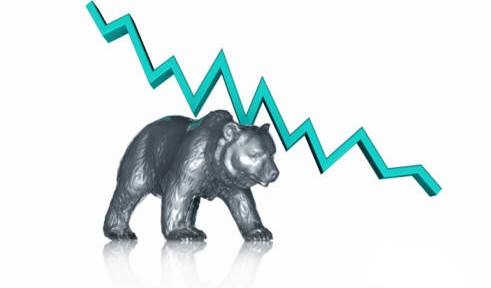- Home
- >
- Fundamental Analysis
- >
- Traders want to know: Where’s the bottom?

Traders want to know: Where's the bottom?

For months we have watched energy, materials, and global industrials weaken on concerns about oil oversupply and slower global growth.
There's lot of attention to "new tech" names, like LinkedIn, down 46 percent Friday; Tableau Software, down 49 percent; Splunk, down 23 percent; and Workday down 14 percent.
The concern is that "new tech" companies may have lower growth rates than the consensus, so multiples are compressing.
But there's something else going on. We are seeing signs that the weakness is spreading out, beyond "new tech," to broader names.
Big consumer discretionary names, like Home Depot, Starbucks, Nike and UnderArmour, are down 3 to 5 percent.
Visa and MasterCard are down 4 percent.
Retailers like Coach , Signet Jewelers, and TJX are also down 4 percent.
Where is the bottom? Tracy Knudsen, senior VP of market research for Lowry, visited me Thursday. Lowry is the oldest technical analysis service in the U.S., founded in the 1930s, and I have been reading their stuff for years.
Her message: we are not there yet. Here's the problem: supply (selling pressure) is showing no signs of abating, and demand (buying interest) is showing no signs of picking up.
Simply put, "buy the dip" has turned into "sell the rally," and it hasn't stopped yet.
Aside from the technical issues, the biggest issue facing the market is a lack of earnings visibility.
I'll give you an example. On Jan. 1, energy analysts were expecting the energy sector as a whole to have earnings growth of negative 12 percent for 2016.
One month later, they are expecting energy be down 60 percent for the year, according to S&P Capital IQ.
Huh? From down 12 percent to down 60 percent in one month? Yep. That's because everyone realized oil was not going to go back to $70 by the end of the year. Or even $60. Or, likely, even $50.
Back to the main issue: where is the bottom? The problem is, if we are really in a bear market, it's hard to put a time frame on this.
Technically, we are not in a bear market. The S&P is only roughly 12 percent off the May historic highs.
But let's assume we are heading for a down 20 percent market, a true bear market. Knudsen notes that the average bear market lasts 13 months. The S&P 500 peaked in May. If you count it as starting in July, then we have another six months, if we go by historical averages.
My bet is, we will see a bottom before that. Haven't you noticed that everything is speeding up?
 Varchev Traders
Varchev Traders Read more:
If you think, we can improve that section,
please comment. Your oppinion is imortant for us.






